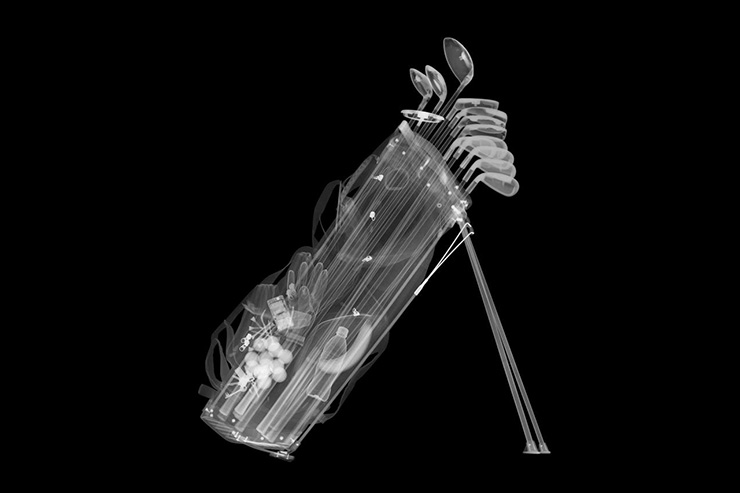By E. Michael Johnson
There’s a reason we’re called amateurs, and in golf that extends beyond mere playing ability. Many of us make mistakes regarding the things we have—and don’t have—in our golf bags. Whether it’s clubs, accessories or the bag itself, here are 10 things that you should have—or get rid of—in your bag. Immediately.
A Sharpie to mark your ball
You step on the first tee and announce the name and number of the ball you’re playing. That’s a veteran move—until one of your playing companions says they have the same ball. Most golfers struggle to find a scoring pencil in their bag, let alone a Sharpie to mark their ball, but the Sharpie is an integral part of the bag. Purchase one of the small ones (and if you’re really creative, two of them in different colours in case that playing companion also has blue). Not sure how you want to mark your ball? Put a simple dot above the number and then a dot below the number on the next ball. If you have to hit a provisional you can then identify which was which.
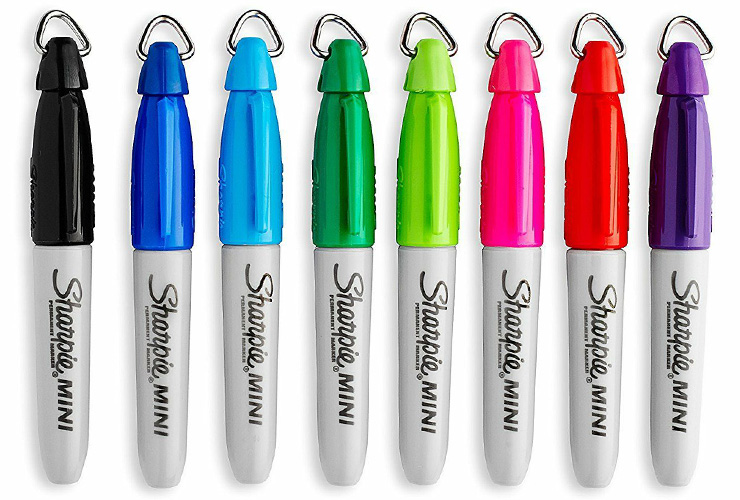
Set make-up doesn’t match the shots on your course
You can’t just go with a typical set of make-up and think you’re good to go. You get 14 clubs and you should figure out the course you play most often and if every single one of those clubs serves a purpose. Do you really need that 4-iron that you can’t lift above table height? Maybe you have a lot of dogleg lefts and you fight a slice (a draw-biased driver would help here). Perhaps you have a pitching wedge and sand wedge but you face a lot of shots between 70 and 105 yards (consider going four wedges). If you don’t use a club very often it’s entirely possible something else in place of it would be more useful.
A bag that’s too heavy if you walk
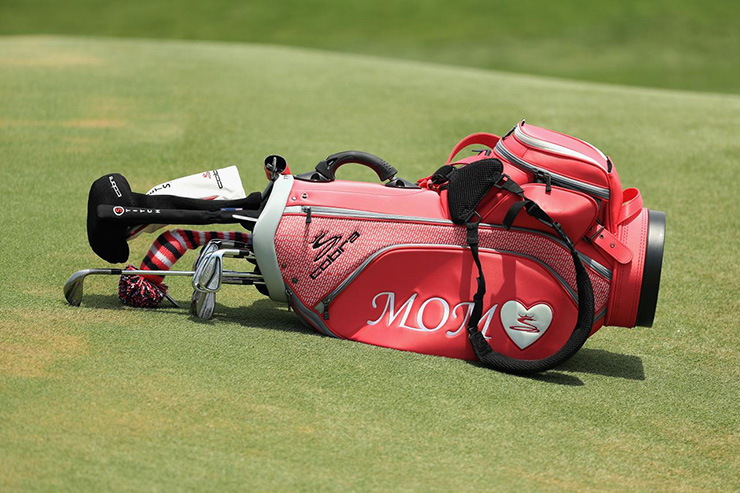
Mike Ehrmann
Golf is almost always better when you walk. Unless, of course, your bag is so heavy that it might not make the weight restrictions at the airport. Sometimes the culprit is the bag itself and if yours weighs more than five pounds when empty, that can make for a difficult hoof. However many players walk and carry with a bag loaded with non-essential items. Keep to a minimum the number of tees (10 tops), ball markers (two tops), towels (one) and golf balls (six, max). Also, get rid of the umbrella and rain gear if it is clearly a good-weather day and all of a sudden that steamer trunk you were lugging around seems incredibly lightweight.
MORE: 15 upgrades you can make to your golf bag right now
A bag with your name on it
Stop. Just stop. Here’s the rule on this: Unless you have a reserved parking spot at the next PGA or LPGA Tour event or are the head professional at a golf facility, this is absolutely forbidden. You don’t look cool. You look like ridiculous.
Excessive bag tags
You get to have one. If you’re lucky enough to be a member of a private club, proudly display the one from your home course and maybe one other—provided it’s from Pebble Beach, Pinehurst or some similar high-octane course that you have actually played (having your buddy bring you one is beyond weak). If you have a bag tag from the local scholarship association’s annual scramble event, rip it off immediately.
Clubs that are more than five years old (putters excepted)
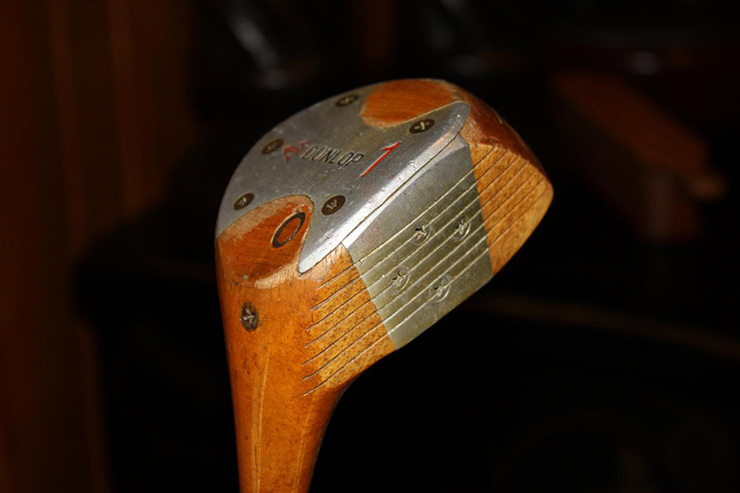
We’ve heard it before: “These clubs are fine for me. The new stuff isn’t really all that much better.” If your clubs are more than five years old that is wrong and wrong, especially if you haven’t been fit. But don’t trust us. Go to one of your buddies who either recently got fit or bought a new driver after not having splurged since the Trump administration. See what kind of improvement they’ve seen and you’ll be headed for the nearest pro shop or eGolf Megastore with a credit card in hand.
No rain glove (or basically nothing to prepare you for rain)
It’s misting or just a light drizzle and your buddies insist on going out. Good for them. After all, you’re not going to melt like the Wicked Witch of the West if you get a tad wet. Your golf game, however, can suffer greatly if you’re not prepared and you can be in for a miserable day. Make sure you have a pair of rain gloves, a water-repellent rain jacket (we’ve found the short-sleeve versions to be quite useful), rain pants and an umbrella. If riding in a cart, carry towels as well. Being prepared for poor weather puts you two up on the first tee. By the way, that rain glove can come in pretty handy on a steamy, humid day as well when you’re sweating through leather gloves and finding it difficult to get a grip.
You have 14-way dividers
Bag companies tout these abominations by stating how much wear and tear they’ll save your clubs. We’re sorry, but we don’t need to coddle implements that we strike into the ground and into a hardball at close to 100 miles per hour with regularity. Plus, how can you slam your club back into your bag after a poor shot when you have to put it back in just so?
You need a rangefinder/GPS
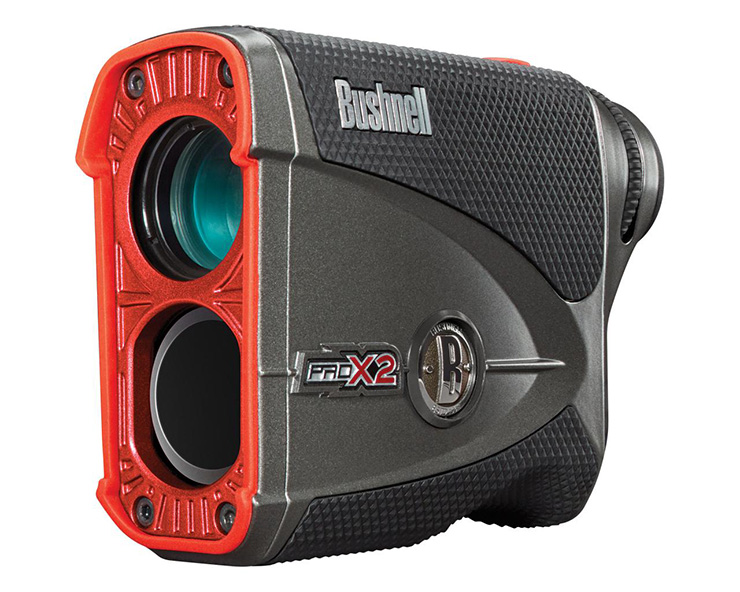
If you don’t have a rangefinder or golf course GPS app, do the rest of us a favour and get one. Now. All you’re doing by guessing at distances, pacing off yardages or looking for that 150 markers is holding up the rest of us and hurting your game. Don’t worry if your GPS watch is off by a fraction of a yard. You’re not that good to be dialling in your distances to that degree.
Clubs that don’t match your ability
Don’t take it from us. Take it from 2012 U.S. Open champion Webb Simpson, who told Golf Digest: “A lot of amateurs use clubs that are too heavy. It’s not that they are weak, but they don’t have the proper golf muscles to swing the clubs they’re swinging. They also should use more forgiving irons. I see a lot of 10- to 12-handicappers using very small irons and they need to realize they’re going to miss a lot more shots than hit those solid. … I’ve always thought club fitting is super important for guys like that.”
YOU MIGHT ALSO LIKE:
Pitching, Gap, Lob & Sand Wedge Lofts: Everything you need to know

